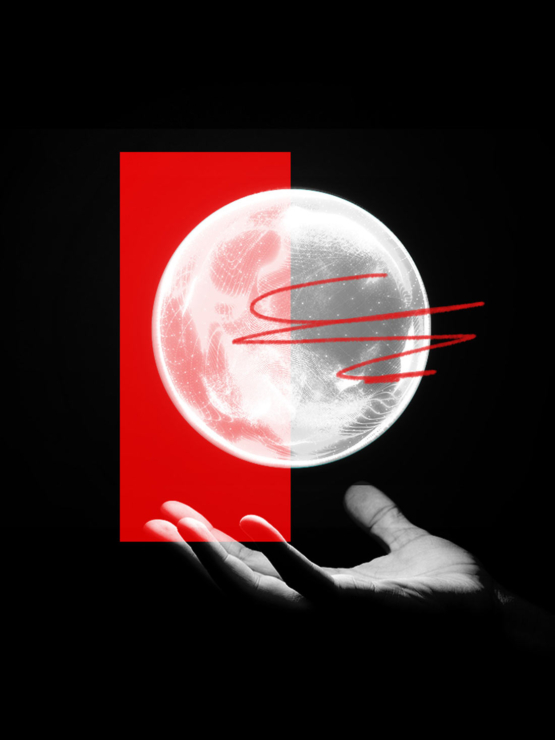In high school we drank Natural Light (aka Natty Light). In college, it was Magic Hat #9 and Sam Adams (I was in Boston). Post college was about gin and tonics (Bombay Saphire) and an up-all-night, post-restaurant lifestyle while working at Joe’s American Bar and Grill. During the first few years of [whitepenny], we drank whisky (Jack Daniels on the rocks) shortly followed by Bourbon (Basil Haydens and Knob Kreek), which then evolved into Scotch (Glenlivet and Balvenie). I like that I can track my alcohol lineage, and I like that these days it’s less about having to drink the most “serious” drink on the menu – who really wants to drink Jack Daniels on the rocks? Today it’s back to basics, mostly beer and wine. And while I’m not inclined to dive into another radical phase of drink exploration, I was at least intrigued to hear the name Root Tea – mainly because I had no idea what it was.
The story goes something like this:
In the 1700’s, a drink known as Root Tea was an herbal remedy commonly found among Native American populations. Early colonists soon came across the drink (consisting of sassafras, sarsaparilla, birch bark, and a range of other roots and herbs), and through the generations the concoction grew in overall complexity – especially in the Pennsylvania area where the ingredients were found in abundance. With the 1800’s came the Temperance Movement, and a Philadelphia pharmacist named Charles Hires developed an alternate version of Root Tea (sans the alcohol and with the addition of soda water) that became a favorite of coal miners and steelworkers. This new version of the drink was formally introduced to the world at the 1876 Philadelphia Centennial Exhibition, and like that, root beer was born.
Thus Root Tea essentially disappeared, leaving only small traces of its 1700’s ancestor in the current day root beer. Until recently. On a trip to Art in the Age of Mechanical Reproduction (quite a serious name), I stumbled upon this bottle named “Root,” and soon discovered this world of history tucked below the cork. Art in the Age is the brainchild Quaker City Mercantile (apparently they love serious names), formerly Gyro Worldwide, a Philadelphia-based ad agency. The store itself is an interesting place; I say interesting because I don’t entirely know how to describe it. They make things: clothes, cards, soaps, and yes, Root Tea. They describe their store as “a vehicle through which modern thinkers marry reverence for enlightened ideals with the mandate to reach more minds in an ever-fickle urban scene.” Again, the word serious comes to mind.
I like that there is a sense of story, craftsmanship, and history to their various wares, but on the whole I don’t think that anything about the store would have necessarily fired up my Onething-dar. Don’t get me wrong, I really like the place, the space is awesome, and I think their visual identity is incredibly strong. But we all know that Onethings are much more demanding. However, the countless bottles of Root on the shelves were intriguing, and I’m glad that I took a minute to read the booklet that was tied to the neck of one of the bottles. Root is the quintessential Onething because independent of what you may think about the store that produces it, you can’t escape the fascination with this product. It’s a perfect fit with the aforementioned mission of the business, it’s a compelling story that has brand, local, and historical appeal, and it is actually something that is unique (these days, quite a feat).
It’s nice when smart ideas are embraced, and Root is available in over 50 local, Philly bars, from Bar Ferdinand to Plough and the Stars. Oh yeah, and it smells just like root beer and tastes basically like alcoholic root beer.




